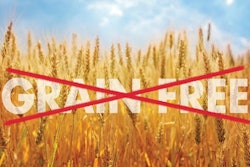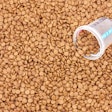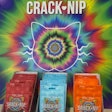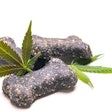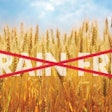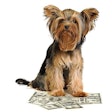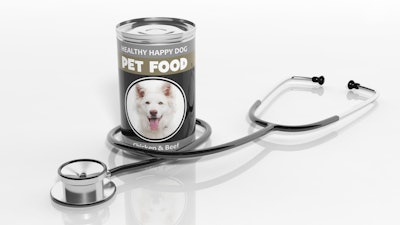
Private label pet food sales in the U.S. rose 25.6% in 2023, according to a new report from the Private Label Manufacturers Association (PLMA), in collaboration with market research firm Circana Unify. That is quite impressive growth — yet the dollar amount, US$1.7 billion, still accounts for only 3.3% of the US$51 billion U.S. dog and cat food market. Will that market share continue to grow as pet owners react to ongoing pet food inflation?
Private label growth and usage rates on the rise
The 2023 year-end private label total for the U.S. is not necessarily a surprise. As of the end of 2022, private label dry dog food had a 10.1% usage rate, according to Packaged Facts. Not only was that higher than for name brands such as Blue Buffalo, Hill’s Science Diet, Purina Pro Plan and Royal Canin; it also had been slowly but steadily rising since 2017, when the rate stood at 9%.
Now, that usage rate needs to be put into context: Rates for all the brands listed above also increased from 2017 to 2022, in some cases rising much more (for example, Purina Pro Plan from 2.3% in 2017 to 8% in 2022). But other 2022 data cited by Packaged Facts, including from MRI/Simmons, showed 82% of U.S. pet owners surveyed agreeing that “generic/store-brand products are as effective as brand-name products,” up from 76% in 2018.
Also, some subcategories of private label pet food have at times accounted for a larger share of the U.S. pet food market than that overall 3.3% at the end of 2023; for example, in the first quarter of 2023, private label cat food and treats had a 7.1% dollar share of all cat food and treats sold in the country, while private label dog food and treats had a 15.1% share that quarter. This data came from Numerator, cited by Bryan Jaffe, managing director, and John Gulvezan, vice president, of investment firm Cascadia Capital in their “Pet Industry Overview Spring 2023” report.
It’s not clear if the PLMA report for all of 2023 included treats in its pet food category; my guess is no. (That report also included a pet supplies category, by the way: While reaching US$2.2 billion in sales in 2023, private label pet supplies in the U.S. declined slightly, by .3%.)
Mid-2023 data from NielsenIQ corroborated the other growth figures for private label pet food: For the 52-week period ending July 1, 2023, private label sales growth outpaced that of the entire U.S. pet food market as well as all branded price categories, represented by a 15.4% increase in pet retail, 22.6% in all other channels (AOC in NielsenIQ speak) and 20.2% in total. That compared with, for example, premium branded pet food growth at 10.2%, 18.1% and 11.1%, respectively.
Comparison to European pet food market
Despite these heady growth numbers, U.S. private label pet food has a good way to go to catch up to other markets, especially Europe, where private label has long enjoyed a much larger market share. According to Circana data for 2022, private label pet foods held a 34% market share across Europe’s six largest pet food markets: France, Germany, Italy, the Netherlands, Spain and the U.K. Some countries, such as Germany and Spain, even surpassed that market share.
In the six countries, private label pet food sales reached €3.6 billion (US$3.89 billion), while the overall pet food sales figure for those markets was €10.8 billion (US$11.67 billion). Private label pet food sales increased 18% that year in those markets, accelerating to 25% in the last quarter of 2022.
No doubt that was due, at least partially, to rising pet food inflation, which has hit Europe just as hard, if not harder, than the U.S., causing pet owners in both regions to look for lower-priced pet foods. At the same time, and because retailers are acutely aware of their customers’ shopping habits, store brands have responded to this market situation by developing and introducing higher-quality pet foods incorporating many of the features and trends long touted by name brands.
In fact, data from both NielsenIQ and Circana show that the private label industry overall, and especially in categories like pet care, is innovating at a higher level than are companies with brands. For example, for the 52 weeks ending April 22, 2023, the number of private label innovations in pet care (all pet products, not just pet food) in the U.S. increased 2.8%, versus a 5.3% decline in branded innovations, according to NielsenIQ data. That means of all pet care innovations, private label ones accounted for 27.2%. (It’s not clear if “innovations” equate to new product launches in NielsenIQ parlance.)
Good news for private label manufacturers
Both the U.S. and Europe are home to several large private label and contract pet food manufacturers, some of which continually get even larger due to acquisition sprees. (Looking at you, United Petfood.) Judging by the private label pet food sales data, they are also likely growing larger due to increased business demand as pet owners look for ways to better afford good, healthy food for their pets.





